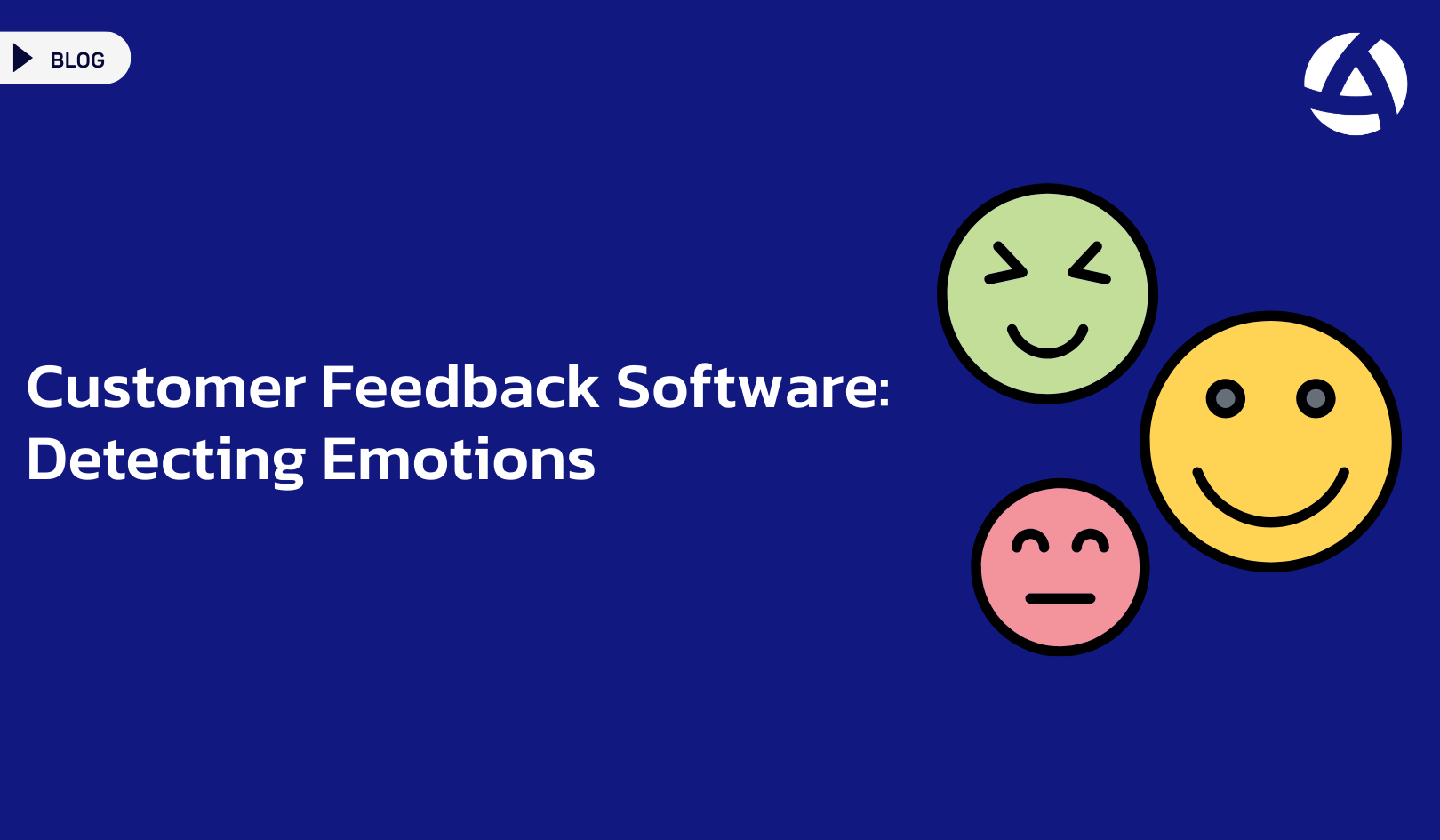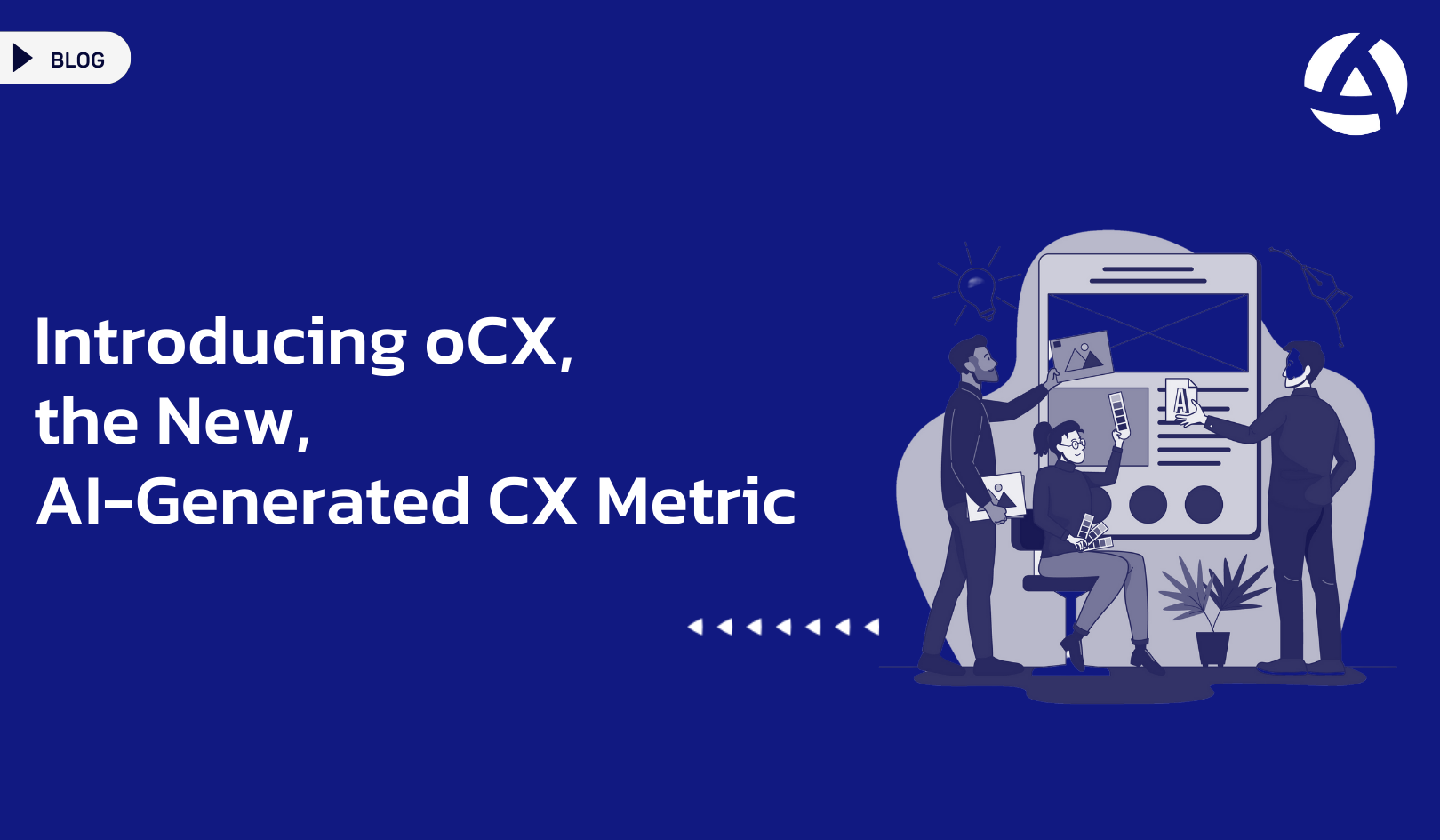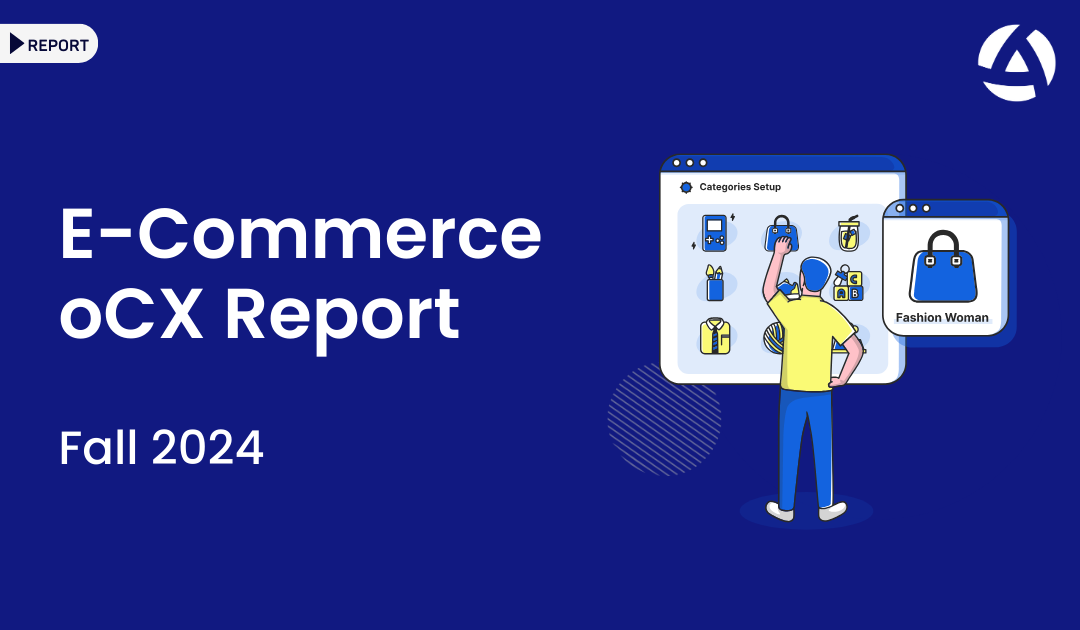Understanding customer emotions is key to delivering personalized and effective experiences. With the help of Customer Feedback Software, businesses can detect emotional responses in customer feedback and use these insights to refine their services. Emotional detection through feedback helps companies not only improve customer satisfaction but also deepen customer loyalty.
The Role of Emotion in Customer Feedback
When customers provide feedback, whether positive or negative, emotions play a big part in their responses. Recognizing these emotions helps businesses better understand the underlying reasons behind the feedback. Key benefits of emotion detection include:
- Understanding dissatisfaction: Negative feedback often reflects frustration or disappointment, and detecting these emotions allows businesses to address root causes.
- Identifying positive experiences: Emotions such as joy or satisfaction highlight what customers appreciate most.
- Tailoring responses: By detecting the emotional tone, companies can respond to feedback in a way that feels empathetic and appropriate.
How Customer Feedback Software Detects Emotions
Advanced Customer Feedback Software leverages AI and machine learning to analyze written feedback and identify emotional cues. These cues include:
- Sentiment analysis: Textual feedback is analyzed to determine if the sentiment is positive, negative, or neutral.
- Language patterns: The software identifies specific words or phrases that are commonly associated with emotions such as anger, happiness, or frustration.
- Tone analysis: Beyond the literal meaning of words, the software detects the overall tone, offering more nuanced emotional insights.
Benefits of Emotion Detection for Customer Experience
Emotion detection in customer feedback can transform the way companies engage with their customers. It provides actionable insights that can lead to improved customer experiences. Some key advantages include:
- Proactive problem-solving: Early detection of negative emotions allows businesses to address issues before they escalate.
- Building stronger relationships: Recognizing and responding to positive emotions can foster customer loyalty.
- Personalized interactions: Understanding the emotional context of feedback helps businesses tailor their responses and interactions.

Frequently Asked Questions
What types of emotions can Customer Feedback Software detect?
Customer Feedback Software can detect a wide range of emotions, including happiness, frustration, anger, and satisfaction, by analyzing the tone and language used in customer feedback.




